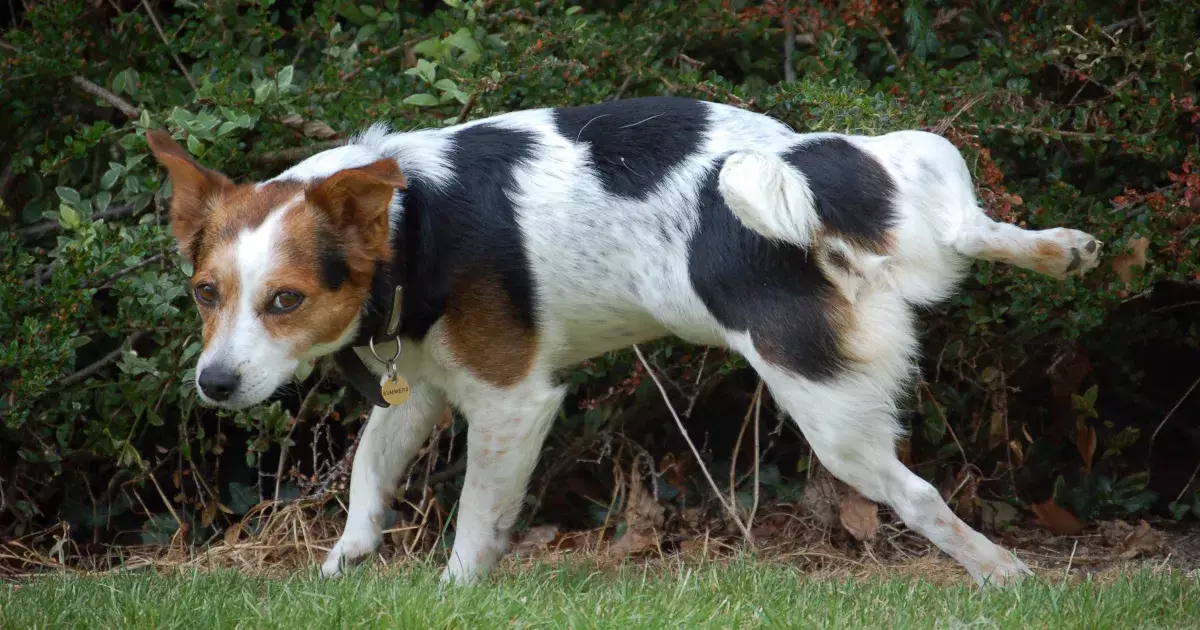Bringing a new dog or puppy into your home is a joyful experience, yet it comes with its own set of responsibilities, one of the most significant being housetraining. Establishing the right habits early on is essential for both the pet and the owner, saving time and preventing miscommunications that can lead to frustration later. This article will provide a deep dive into effective housetraining techniques, ensuring your puppy grows into a well-behaved adult dog.
Starting the housetraining process on the first day your new pet arrives is paramount. Puppies are like sponges—they quickly learn what behaviors are acceptable and which are not. A well-structured approach from the outset can lead to lasting positive habits, creating a foundation for proper behavior for years to come. Investing a little time and effort in the beginning lays the groundwork for a smoother transition, keeping both you and your pet content.
Before embarking on the housetraining journey, prepare your home with necessary supplies. A crate serves as an excellent tool for training, as dogs naturally avoid soiling their sleeping areas. Therefore, the crate should be a place of comfort, equipped with chew toys for entertainment. Additionally, designating a specific area outside for your dog’s bathroom breaks can further facilitate the process. Consistency in location is key, allowing your dog to develop a routine and associate the spot with elimination.
The Three-Step Housetraining Routine
The following three-step procedure can significantly enhance your success rate in housetraining:
1. Crate Training: When you’re unable to supervise your puppy, place them in a crate with a few toys. Dogs instinctively resist eliminating where they sleep, making this a strategic tactic. As your pet learns to embrace their crate, they will develop the habit of seeking outdoor relief.
2. Frequent Outdoor Breaks: Take your dog outside regularly, especially after meals and play. Using a leash can help guide them to the designated potty area. Give them a set amount of time—around three minutes—to do their business. Patience is key; many dogs will need a moment to sniff and circle before they feel comfortable enough to eliminate.
3. Praise and Reward: After your dog successfully goes potty outside, it’s crucial to immediately reward them with praise and treats. This reinforces the desired behavior and encourages them to repeat it. The excitement you demonstrate will translate into increased motivation for your puppy to behave correctly in the future.
For those living in apartments or without easy access to a yard, training your dog to use an indoor toilet may be necessary. Designate a specific area within your home for this purpose. During the early stages, if your puppy shows signs that they need to go, such as sniffing the ground or circling, guide them to the designated spot. When they comply, reward them generously to reinforce the habit. If they stray, gently divert them back to the area.
Relocating the indoor toilet can also be achieved using gradual transitions. Move the spot a few feet each day until it’s in the desired location, continuing to offer rewards for successful eliminations. The goal here is consistency and patience; transition periods may require it as they adjust to new locations.
Encouraging your puppy to eliminate on command can be incredibly advantageous, especially during travels or busy days. Assign a specific cue phrase that doesn’t appear in regular conversation, such as “Do your business” or “Go potty.” With practice, your dog will learn to associate the command with the action. This training may require diligence as it often involves multiple attempts, but the end result is worth the effort.
Observe your puppy’s behavior during outdoor breaks. Puppies often need to eliminate shortly after being freed from their crate, so be attentive. If your dog doesn’t go within a few minutes, try again later rather than forcing the issue. Keep an environment that encourages freedom and patience—the accolades of praise and treats following successful eliminations will create a positive loop.
Successfully housetraining your dog requires time, consistency, and enthusiasm. Celebrating small victories helps to solidify good habits while encouraging effective communication between you and your furry companion. By adopting a structured approach and recognizing the importance of positive reinforcement, you’ll find that the effort pays off significantly. Your puppy will not only thrive dog, but your bond will grow stronger with each achievement throughout the training process. Remember, the goal is to cultivate a loving environment where both you and your pet can flourish together.

